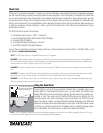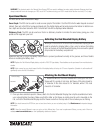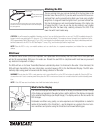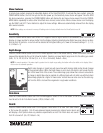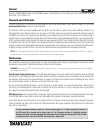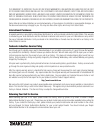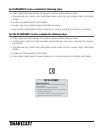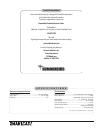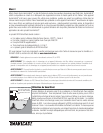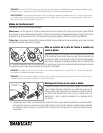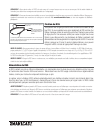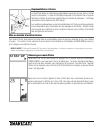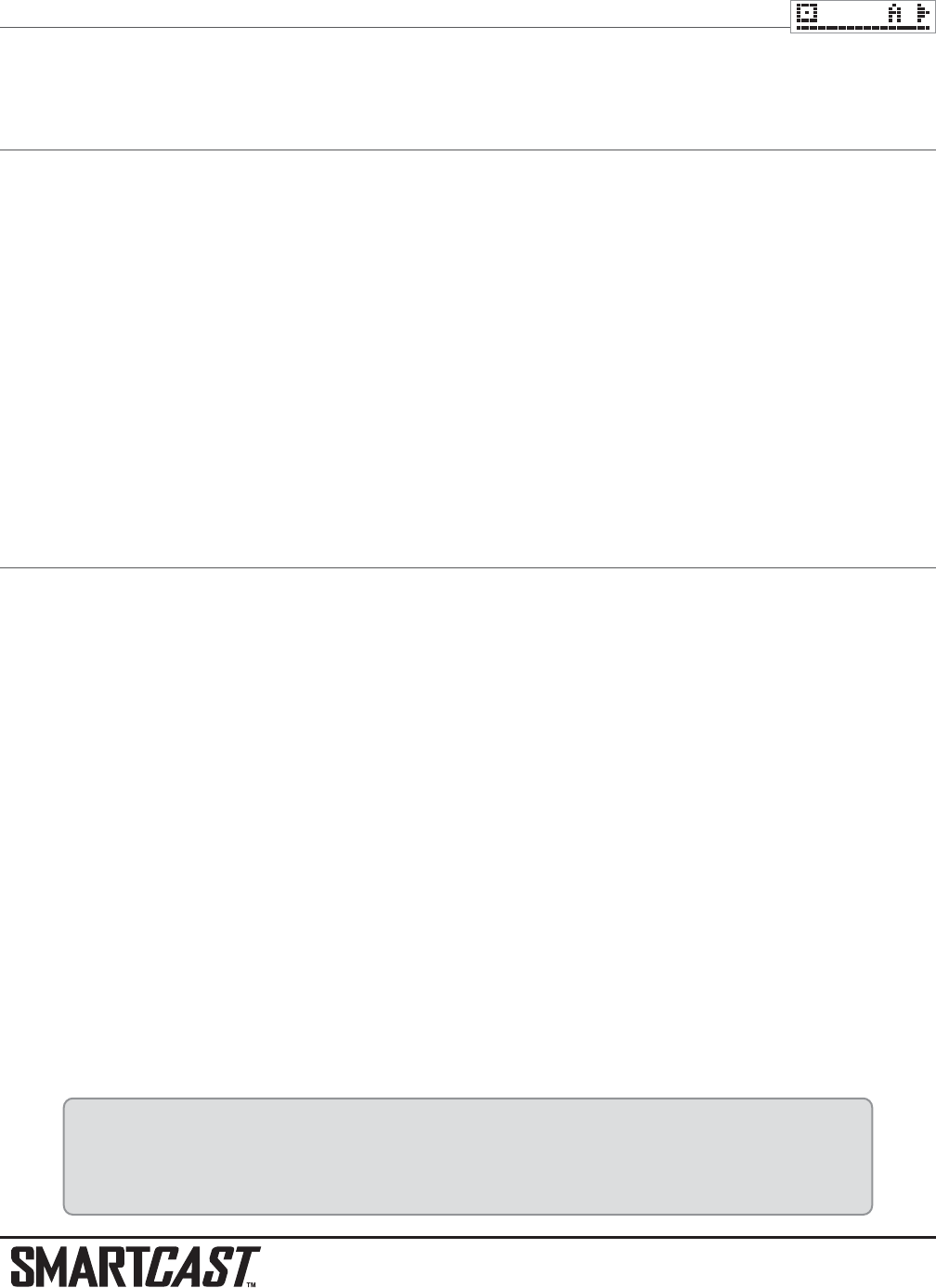
Channel
Press the POWER-MENU button until CHANNEL appears. Select either A or B to match your RSS. See Channel A and B
RSS Units. (A, B, Default = A)
Channel A and B RSS Units
There are two versions of the RSS that are available at your local tackle dealer, major outdoor retailers, or at the site
www.humminbird.com: Channel A and Channel B.
The Channel A RSS unit comes standard with the RF20. You also have the option to purchase additional Channel A or
Channel B RSS units. When using the A or B version of the RSS, make sure to select the appropriate channel using the
CHANNEL menu choice. This gives you the flexibility to use a different type of RSS than the one you are currently using if
another angler is using a SmartCast product within 100 feet (30 meters) of your Rod Mounted Display. If you have a Channel
B RSS, you will need to set the channel to B each time you power up the RF20. Two Channel A or two Channel B RSS units
in the water within 100 feet (30 meters) of the display will cause RF interference that prevents the product from functioning
properly, resulting in fluctuating depth readings and excessive clutter on the display. If you use a Channel B RSS while anoth-
er angler is using a Channel A RSS or vice versa, the interference will be reduced but not completely eliminated.
NOTE: RSS units, regardless of Channel, either in close proximity to each other or to other sonar devices (closer than 40 feet or 12 meters)
can also experience or cause sonar interference, which may result in erratic depth readings.
Maintenance
Your SmartCast is designed to provide years of trouble-free operation with virtually no maintenance. Follow these simple
procedures to ensure your SmartCast continues to deliver top performance.
WARNING! Never leave the RF20 SmartCast product in a closed car or trunk - the extremely high temperatures generated in hot weather
can damage the electronics.
Rod Mounted Display Maintenance: If the Rod Mounted Display comes into contact with salt spray, wipe the affected
surfaces with a cloth dampened with fresh water. When cleaning the protective lens on the display, use a chamois and
non-abrasive, mild cleaner. Do not wipe while dirt or grease is on the lens. Be careful to avoid scratching the lens. Do not
use a chemical glass cleaner on the lens, as this may cause it to crack.
Do not store the Rod Mounted Display on your fishing rod, in direct sunlight, or in extreme temperatures. When you are
not fishing for extended periods, remove the rod mount from the rod and store it in a dry, cool place such as your tackle
box, away from extreme temperatures and ultraviolet light.
RSS Maintenance: After using the RSS in salt water, wipe the affected surfaces with a cloth dampened with fresh water.
The RSS Wet Switch
TM
pins must be rinsed with fresh water after exposure to salt water to prevent corrosion.
If your RSS remains out of the water for a long period of time, it may take some time to wet it when returned to the water.
Small air bubbles can cling to the surface of the RSS and interfere with proper operation. Wipe the face of the RSS with a
wet cloth to remove them.
If sonar performance becomes weak (i.e., there are bottom gaps or "0" depth readings) the bottom of
the RSS needs to be cleaned with a drop or two of a 5 to 10 percent solution of liquid dish-washing
detergent and water. Use approximately one tablespoon (15 ml) detergent to 8 ounces (237 ml) of water
to remove oils from the face of the RSS, then wipe with a damp cloth.



